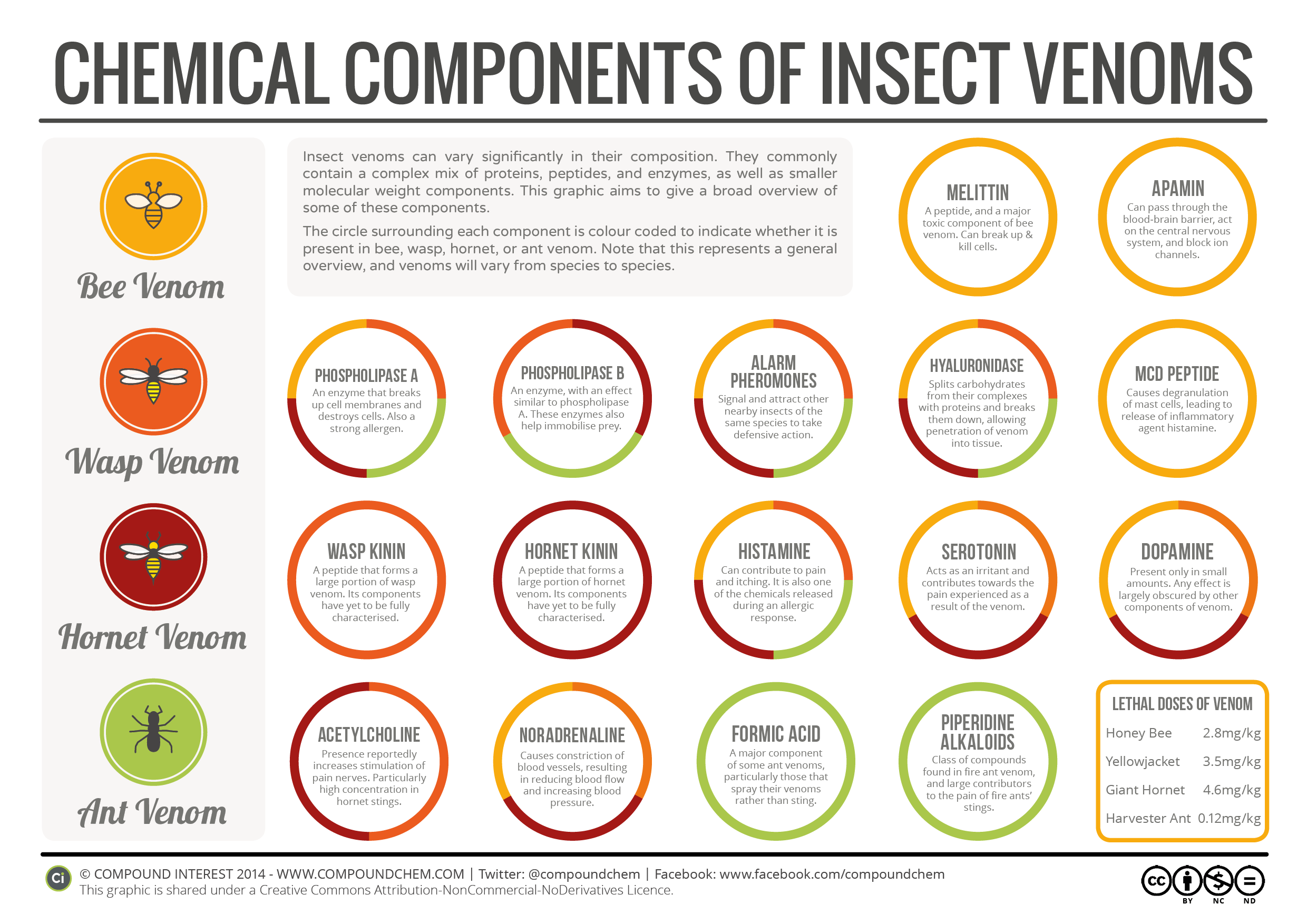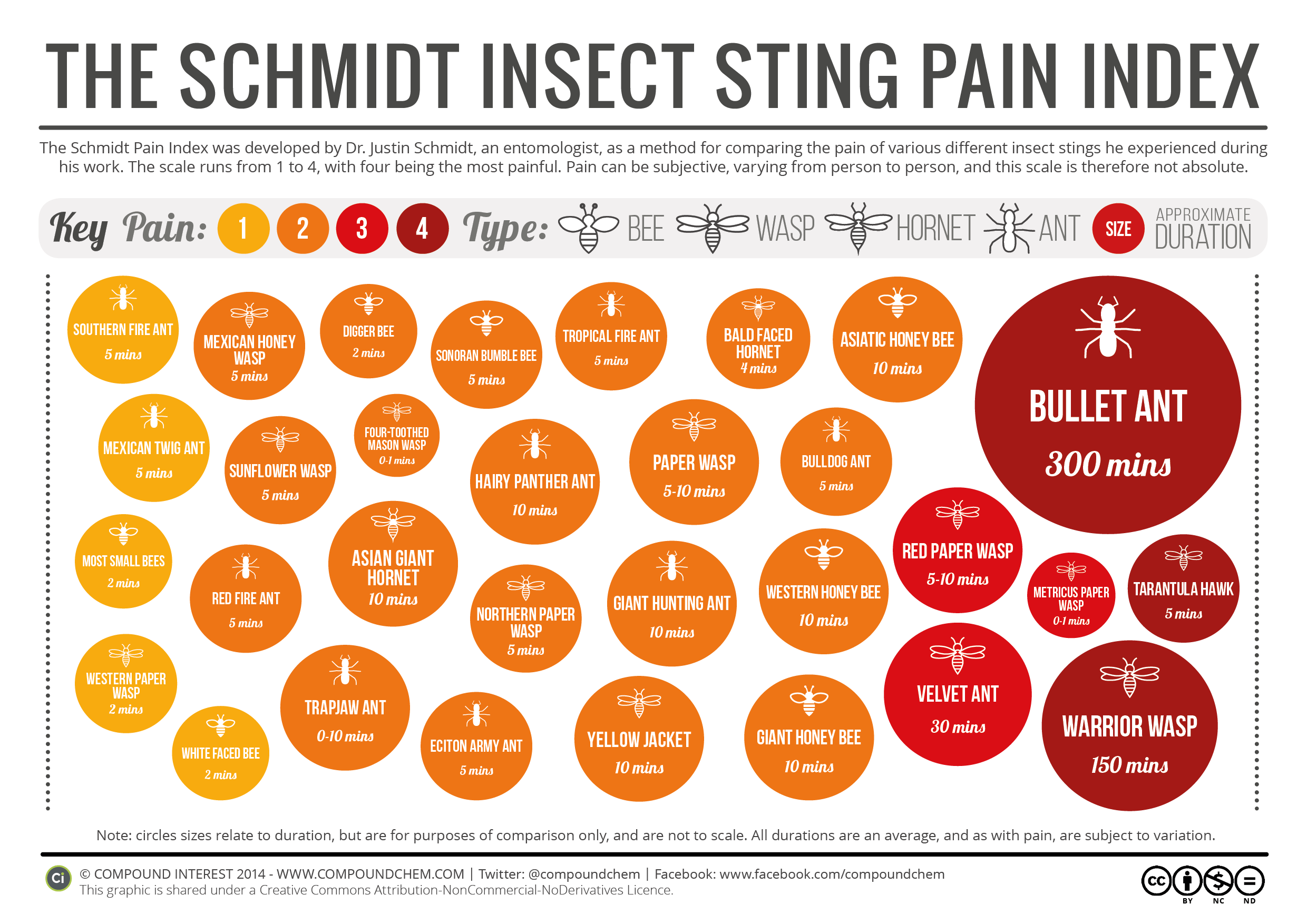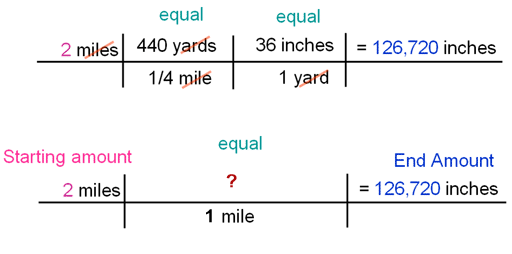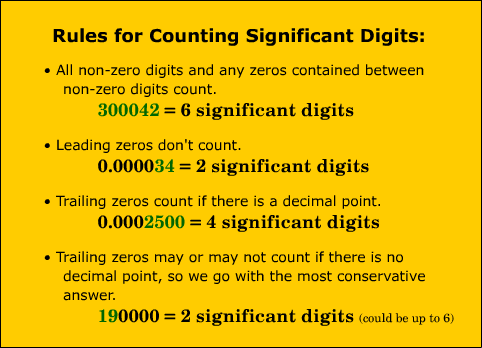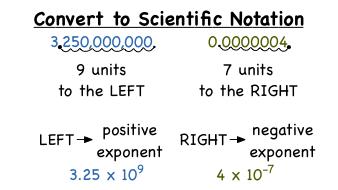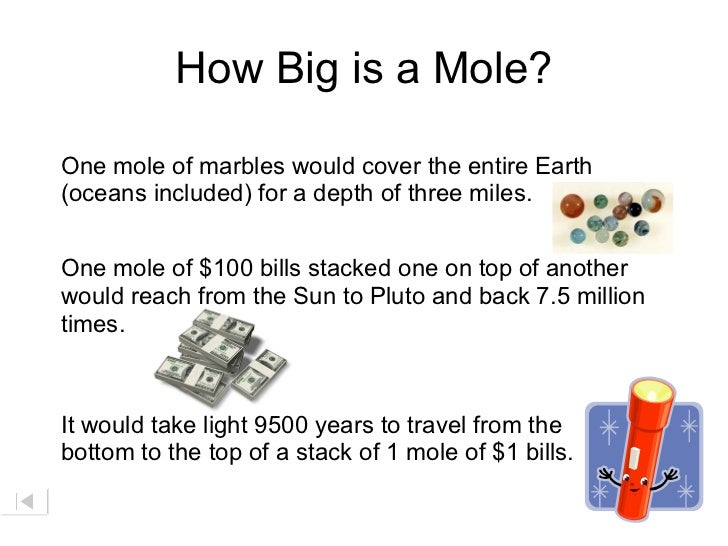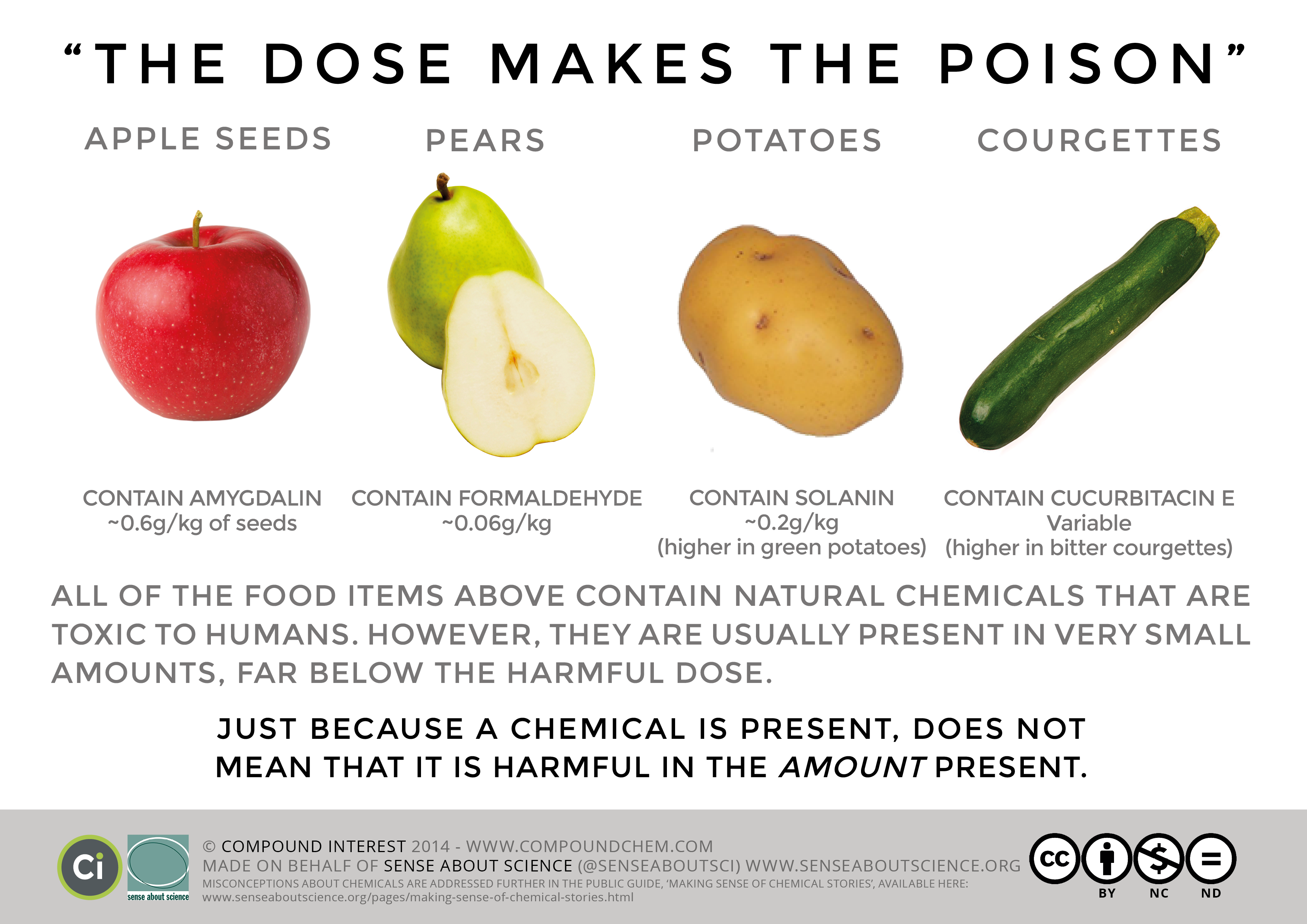With compounds, you find the mass of a particular element and divide it by the mass of the whole compound. So if you wanted to know the percent composition of oxygen in water, you would take the mass of oxygen and divide it by the mass of water.
We practiced some basics and the students measured the amount of sugar found in DubbleBubble bubble gum.
Students each had a piece of gum and observed the gum by weighing it, drawing it, and smelling it. The students chewed the gum for ten minutes. While they were waiting we watched How Its Made on bubblegum.
After ten minutes, students did more observations and re-weighed the gum. The gum weighed less... why? Because the sugar dissolved and was lost. Using this weight difference, students determined the percent composition of sugar in the gum they chewed. They also can convert the grams to moles and determine how many moles of sugar were in the gum.

